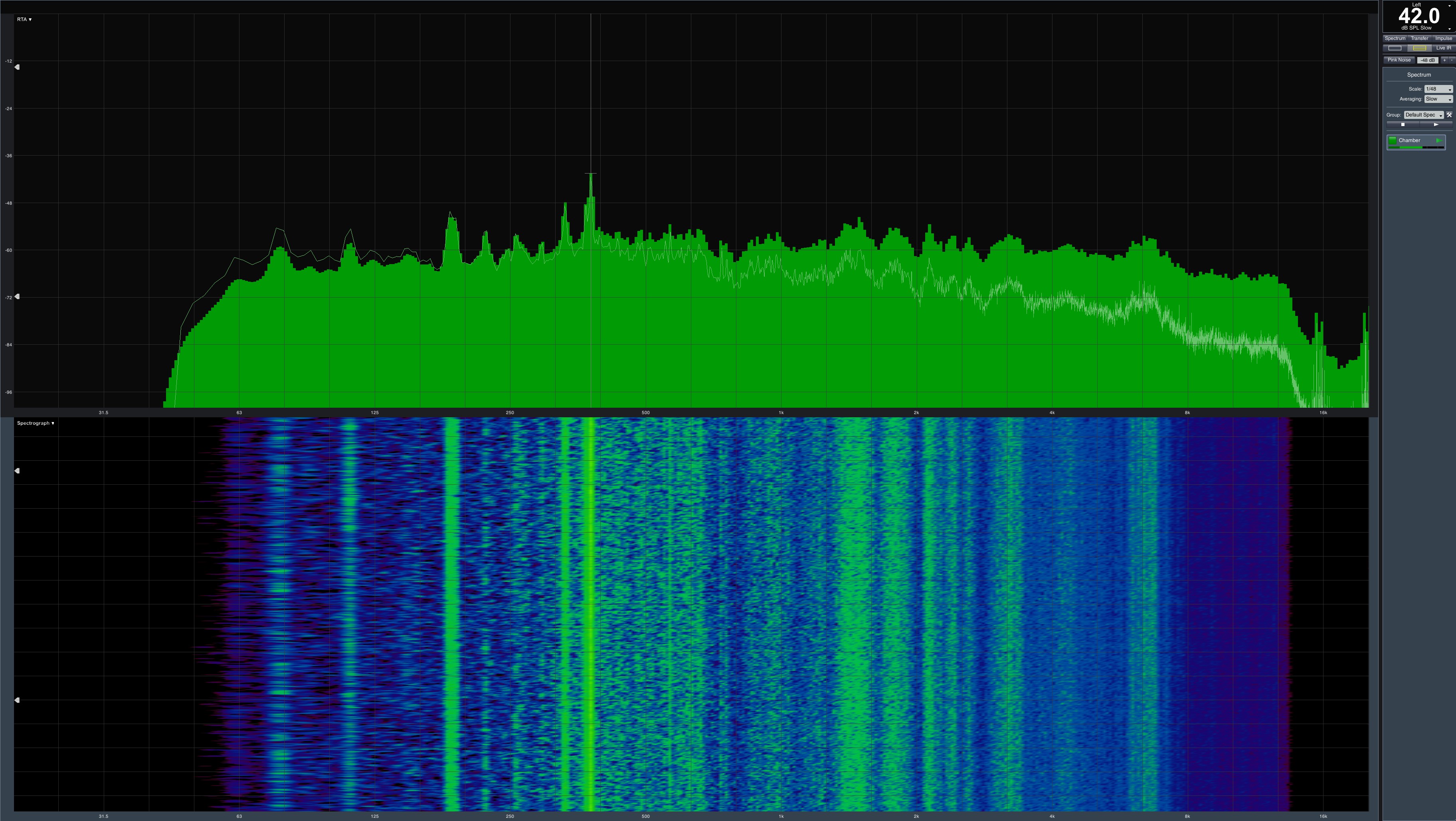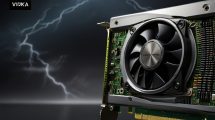The fan stop works, but the card triggers the start pulse twice from time to time, which can also be seen beautifully by the curves. If the blower is manually rotated to 100% at the maximum OC, the temperatures drop to approx. 57°C. However, this is more than just slightly audible, because it is simply loud. But nobody does that. Nevertheless, the fans are much more audible in normal mode than with many competitor cards.
Let's look at the measured values again in direct comparison to the Founders Edition as a tabular listing:
| Aorus RTX 2080 Ti Xtreme |
Aorus RTX 2080 Xtreme |
|
|---|---|---|
| Fan speeds Open Benchtable Maximum | 2097 rpm (Gaming, Peak) | 1907 rpm (Gaming, Peak) |
| Fan speeds Open Benchtable Average | 2083 rpm (warmed up) | 1887 rpm (warmed up) |
| Fan Speeds Closed Case Maximum | 2256 rpm (Gaming, Peak) | 1959 rpm (Gaming, Peak) |
| Fan Speeds Closed Case Average | 2247 rpm (warmed up) | 1942 (warmed up) |
| Noise Emission (Air) Average | 42.0 dB(A), Closed Case (Peak) | 39.6 dB(A), Closed Case |
| Noise Emission (Air) Idle | Fan stop | 31.3 dB(A) |
| Sound characteristic / hearing impression | rushing, engine noise | rather noisy, hardly lower-frequency shares |
| Coil-feathers/electric noises | low, only for very high FPS numbers and for load changes | low, only for very high FPS numbers and for load changes |
Sound Spectrum
The measured 42 dB(A) are based on the measured 2247 rpm in the closed housing. We have applied the same gaming load to the open set-up in the measuring room, but the fans are limited to approx. fixed at 2250 rpm in order to be able to adjust this value exactly. Unfortunately, the result is slightly above the level of the Founders Edition, although the cooling is no better with higher power consumption.
The soundscape is present and you can also perceive and measure motor noise for strong noise (see Peak on the spectral analysis above). The noise comes from the turbulence of the rotor blades and is defined by a rather oscillating noise of the three fans. A little less bling and a little more radiator area at fewer speeds would of course have been a solution.




































Kommentieren